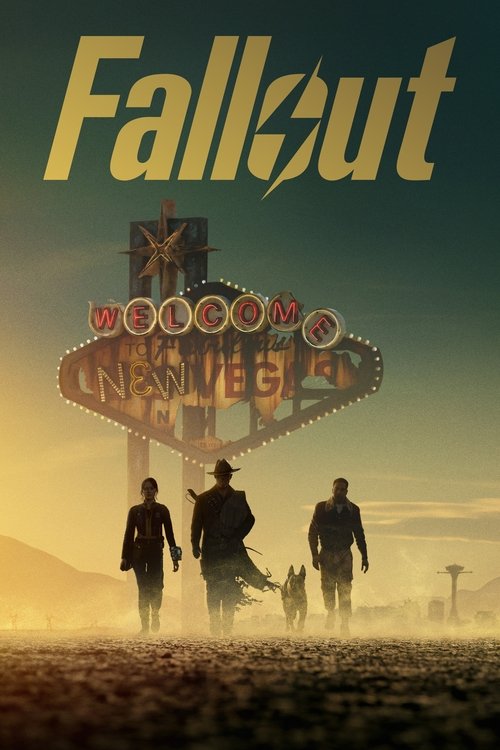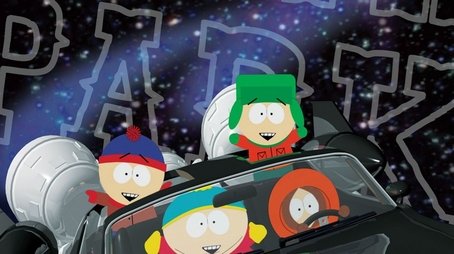
Sorry, we have not watched this yet.

Join Stan, Kyle, Cartman and Kenny as they help a pop-princess down on her luck, negotiate a truce for striking Canadians, fight the addiction of "cheesing" and battle startling rodents. For them, it's all part of growing up in South Park
Sorry, we have not watched this yet.